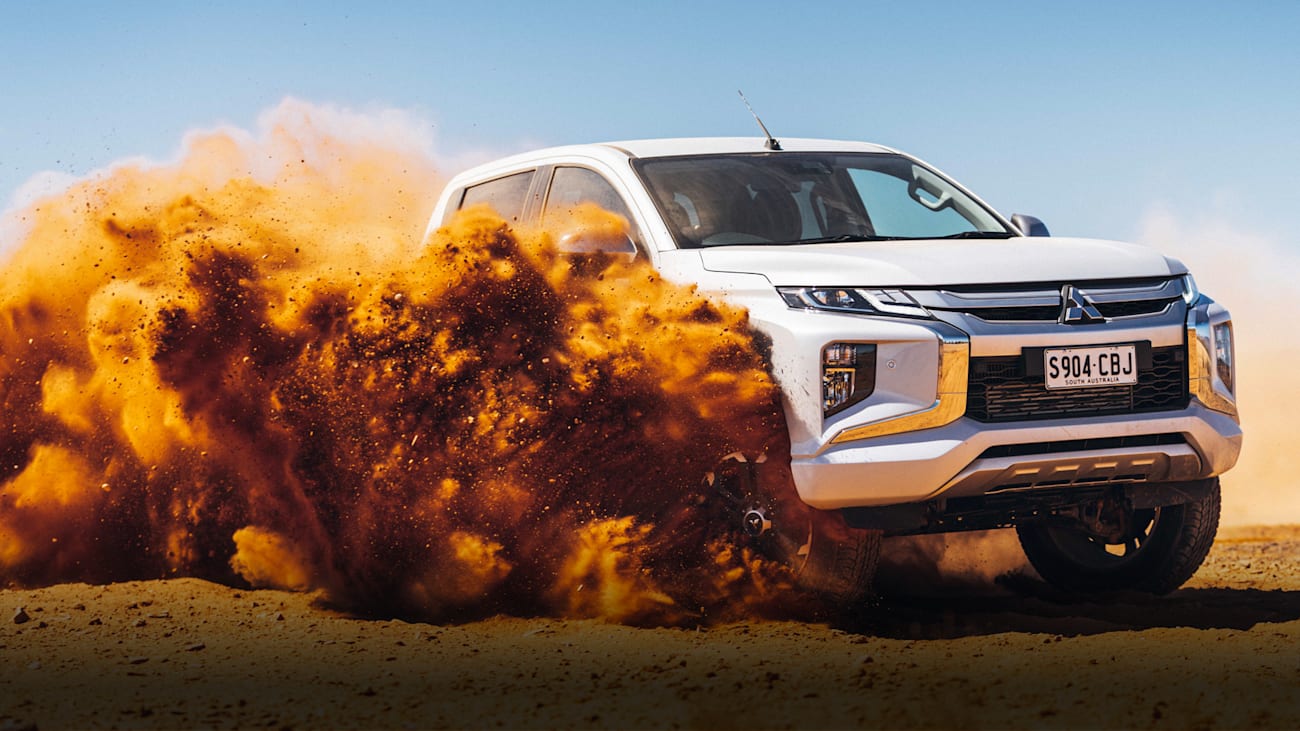
Mitsubishi Triton and Nissan Navara to look the same under radical overhaul
Next generation Mitsubishi Triton and Nissan Navara utes were supposed to look different, but be twins under the skin. A radical overhaul announced overnight means they will also look the same.
by Joshua Dowling- shares
The Mitsubishi Triton and Nissan Navara are among the first casualties of a radical overhaul of the struggling Renault-Nissan-Mitsubishi Alliance.
The original plan was for all three car makers to save money by sharing platforms, technology and engines – components customers cannot see – but retain their own identity with unique exterior designs and bodywork.
But in a sweeping and unexpected overhaul announced overnight, the Renault-Nissan-Mitsubishi Alliance vowed that future models will also share largely identical bodywork and wear different badges.
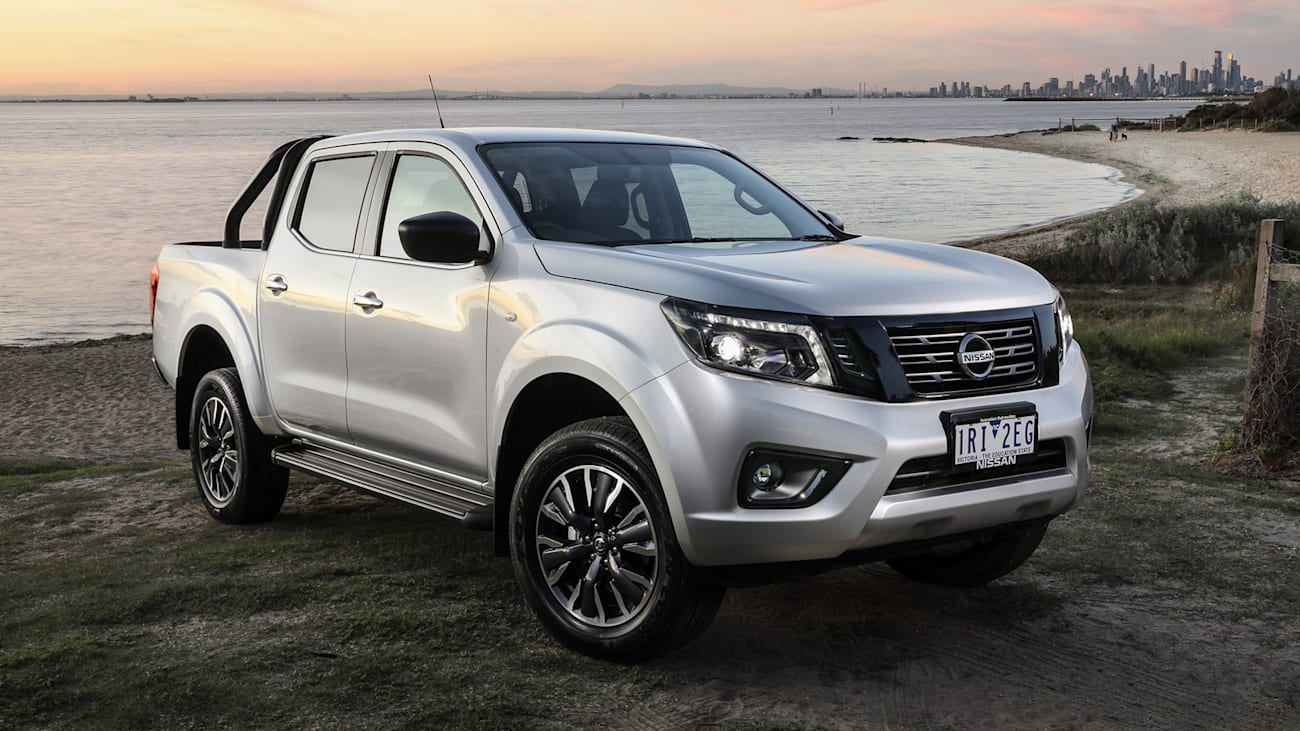
The most recent examples of the future direction for the Renault-Nissan-Mitsubishi Alliance are the Renault Trafic and Mitsubishi Express vans (pictured below), which are identical except for their grille, bonnet and badge.
However, the next generation Mitsubishi Triton and Nissan Navara utes – due three to five years from now – will also share the same philosophy, and commonality. The same rules will also apply to hatchbacks and SUVs across the brands, all of which will likely have few design differences.

In a video conference last night, Alliance operating board chairman Jean-Dominique Senard said 39 per cent of vehicles produced last year by all three brands were based on shared underpinnings.
However that number will double to approximately 80 per cent – or eight out of every 10 vehicles – by 2024.
In addition, the majority of future Renault-Nissan-Mitsubishi Alliance vehicles will also share body styling, with discreet changes to badging, grilles, bumpers, and wheel designs.
It is unclear whether the remaining 20 per cent of vehicles are niche models which would keep their original design, or be shared in some form as well. For example, will the upcoming Nissan 400Z be exclusive to Nissan, or will it too be shared across the Alliance?
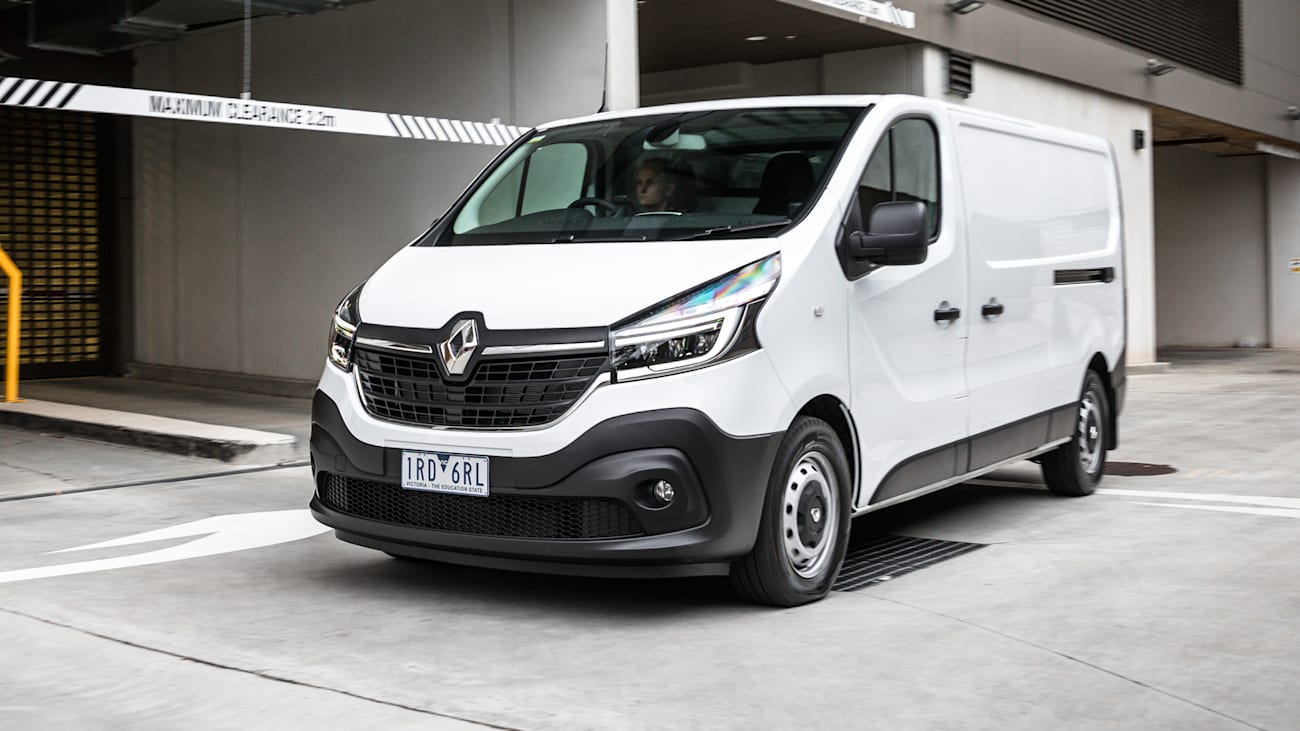
Mr Senard said car underbodies (referred to as “platforms”) represent one-third of the total development cost of new vehicles, and upper bodies represented another third of the overall investment.
The shift to making identical vehicles – except for badges and other minor styling details – across the Renault-Nissan-Mitsubishi Alliance, would consolidate approximately two-thirds of the development costs, said Mr Senard.
The Renault-Nissan-Mitsubishi Alliance will also introduce a “leader, follower” development strategy.
In essence, one of the three brands would lead development of a certain vehicle and then be supported by the others to tailor their requirements.
In examples given by executives during the video conference, Renault would lead development of micro electric cars, Nissan would lead development of small and medium electric cars, and Mitsubishi would take charge of medium to large electric cars.
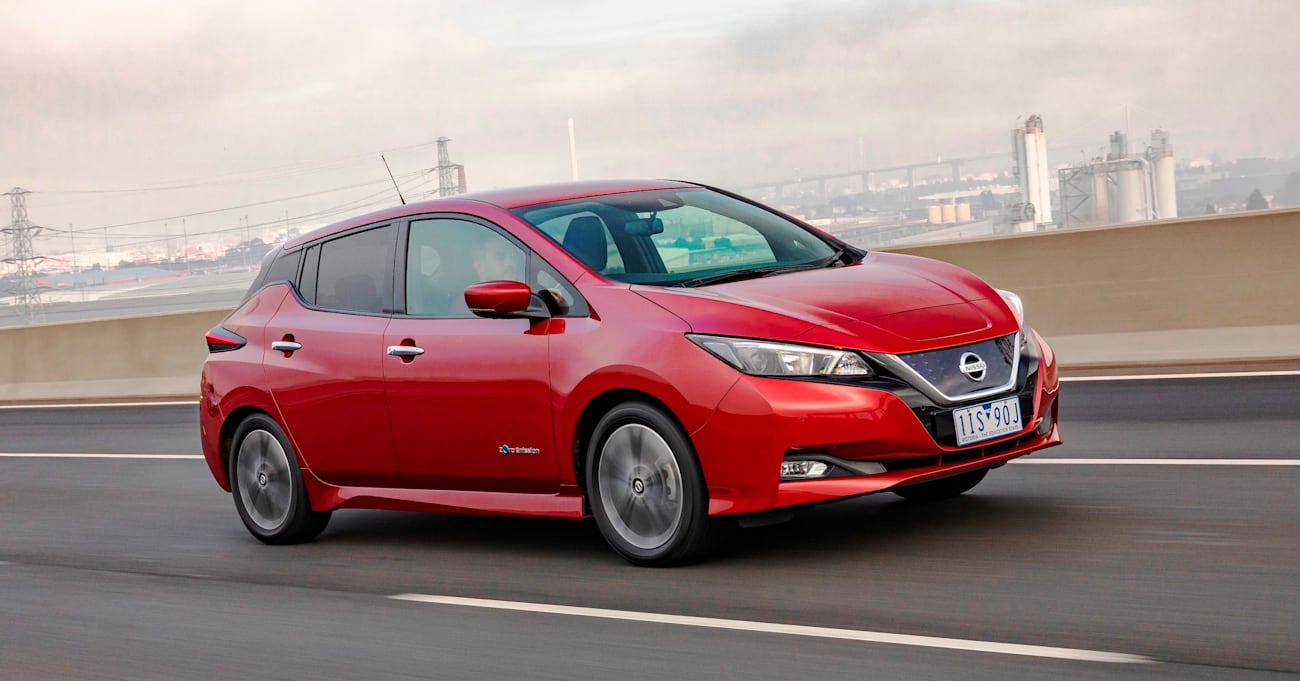
In another example, executives said Alliance partners in Brazil currently built six models off four “platforms”, but this would change to seven models off one “platform”, and the vehicles would share common bodywork and technology – and be built on the same production line to improve efficiency.
In such a scenario, largely identical cars will roll off the same production line but wearing different badges, before being shipped to the dealers for each brand.
Market analysts were yet to predict how such a radical move might dilute the brand values of each badge when there is little to no differentiation across the various models.
However, Mr Senard said the overhaul is the result of “a highly collaborative process” between all three companies.
“An open diagnosis was carried out on the strengths and weaknesses of the previous model, feedback (was) collected from all the teams around the world, helping to focus on the main topics to be addressed,” said Mr Senard.

That means, for example, Mitsubishi will lead development of the next generation Triton utility.
CarAdvice understands a recent internal study by the Alliance found the cost to develop, engineer and build the Mitsubishi Triton was significantly cheaper than for the Nissan Navara.
As a result, CarAdvice understands, Mitsubishi was appointed as the “leader” of the utility for the Alliance, and Nissan would be the “follower”.
Mitsubishi is already well progressed with a new generation Triton which is believed to be about three years away from showrooms, however the next generation Nissan Navara is not due until about 2025.
Under the original plan, the next generation Nissan Navara was going to share the hardware, technology and underbody of the next generation Mitsubishi Triton – but have a unique upper body and a distinct design.
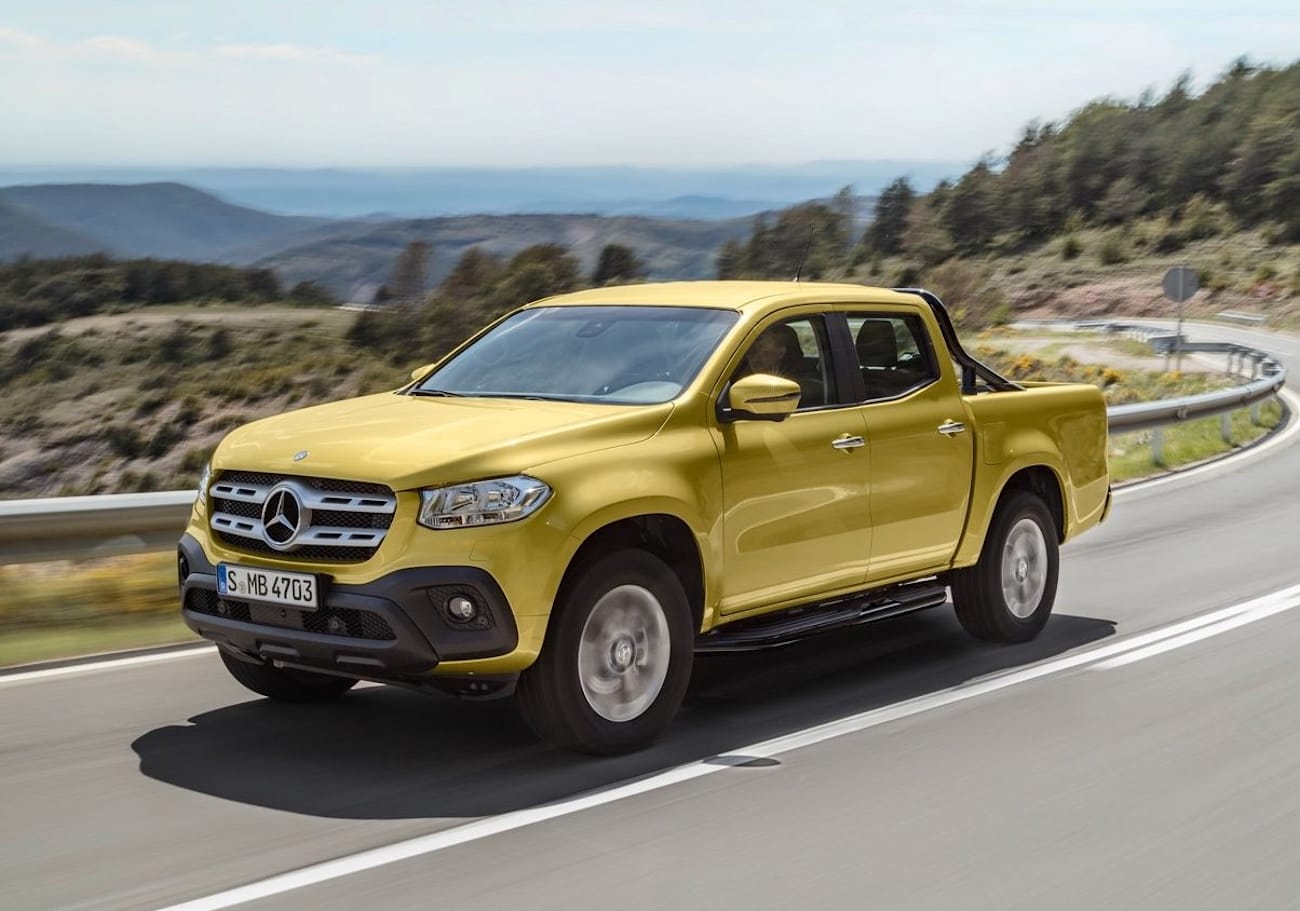
The differentiation arrangement would have been similar to the current generation Nissan Navara and Mercedes x Class utilities – which have unique bodies but largely share the same underpinnings.
However, under the new plan, the Nissan Navara will likely be a clone of the Mitsubishi Triton except for a unique front end appearance, badging and wheels, for example.
Despite concerns about diluting each brand, Mr Senard insisted the radical approach would be the envy of the car industry.
“I bet … in a few years time, given what we are doing now, this Alliance is going to be the most powerful combination of companies in the (automotive) world,” said Mr Senard.
The Alliance operating board chairman said the framework for the overhaul of all three companies was worked out during high level meetings in Japan at the end of January, just as the world was going into COVID-19 lockdowns.

“Our three companies have been working hard … throughout the COVID-19 crisis we have maintained strong links and continued discussions on our future,” said Mr Senard.
“Today Renault, Nissan and Mitsubishi have relaunched. Now is the time to rebuild. For our three companies, the Alliance is the keystone to our resilience and to our competitiveness.”
Mr Senard said the previous business model was based on “strong growth” and “very high sales volumes”.
However, he said, “we all know … the mobility landscape is changing fast as competition in the automotive market increases; today we adjust our (business) model accordingly.”
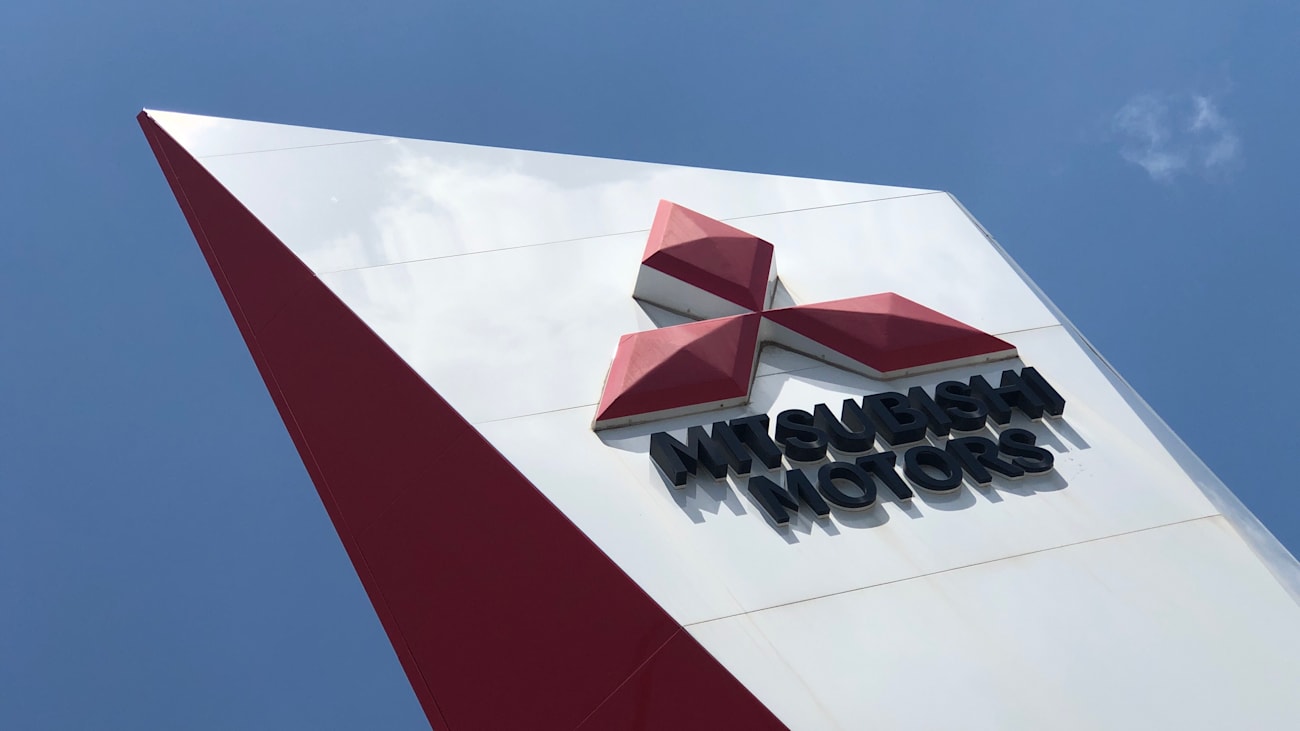
Executives also reiterated that each manufacturer would be supported by the others, and have access to the latest technology.
“The leader/follower scheme is not about being leader against each other, it is about the Alliance competing with the automotive industry,” said Mr Senard.
Towards the end of the video conference, Mr Senard said the Renault-Nissan-Mitsubishi Alliance is still open to working with other automotive companies to find even greater efficiencies.
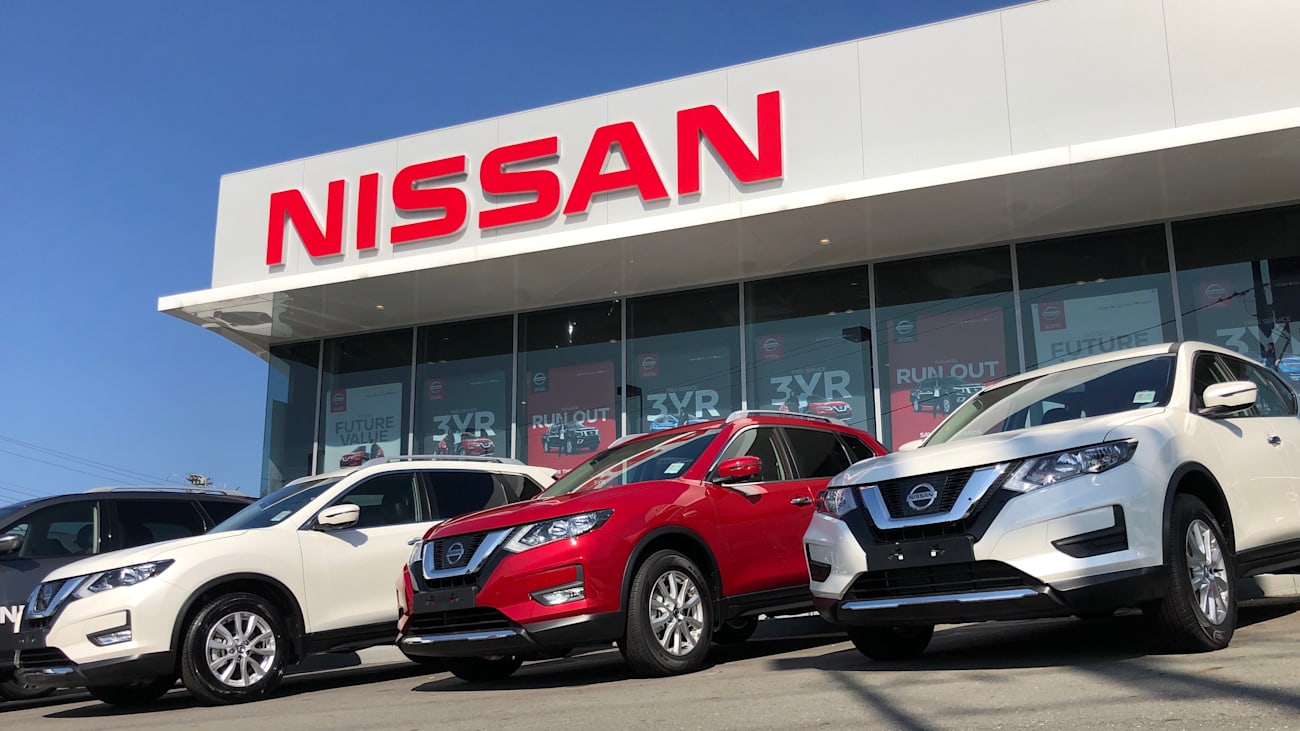
Given that Renault and Mercedes jointly developed the Renault Twingo city hatch and the four-door version of the Smart car, Mr Senard was asked if the Alliance would deepen or severe its ties with Daimler, the parent company of Mercedes-Benz.
“We are in an open world,” said Mr Senard. “Of course within the Alliance, each company has its priorities in terms of strengthening its own business.
“To the Daimler point, I’d like to say that we have very good news, in terms of the atmosphere of this alliance,” said Mr Senard.
“It is strong and it’s getting stronger, and I deeply hope that we will be able to give some news about this alliance in the coming weeks.”
1
10









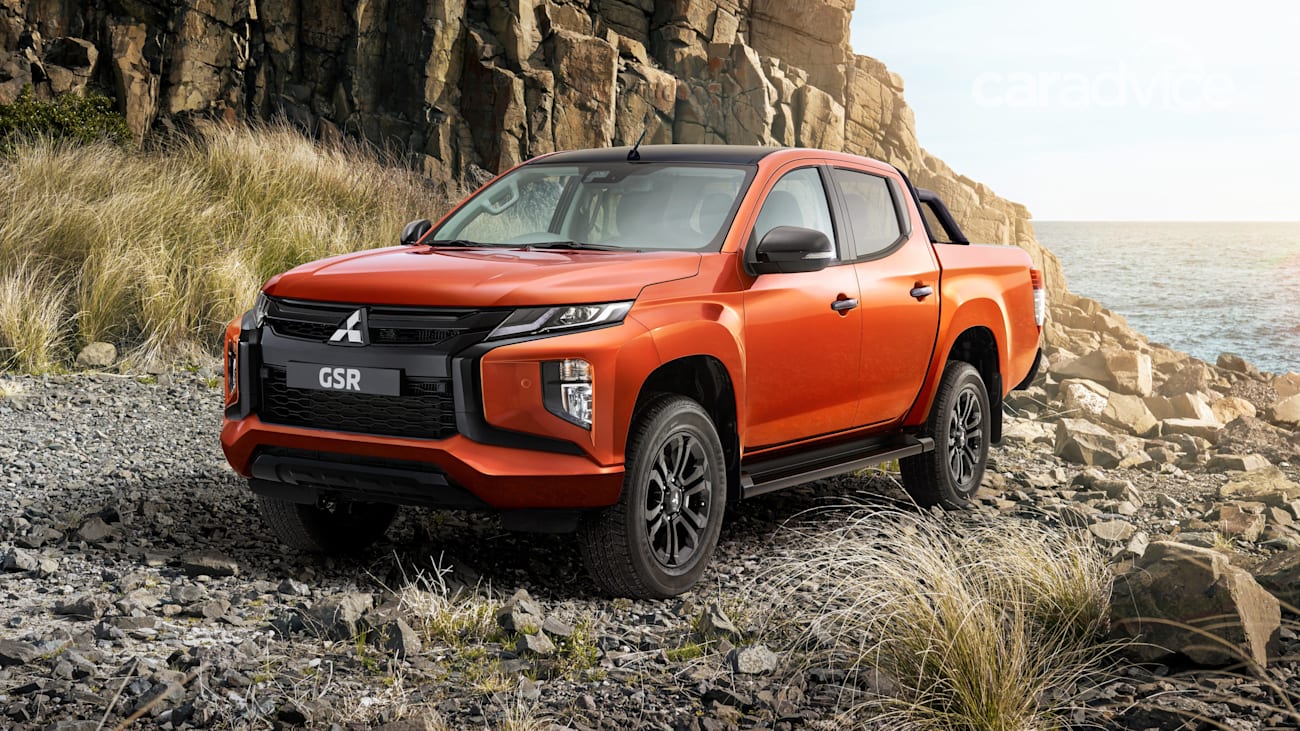
nextprevious
Mitsubishi Triton and Nissan Navara to look the same under radical overhaul